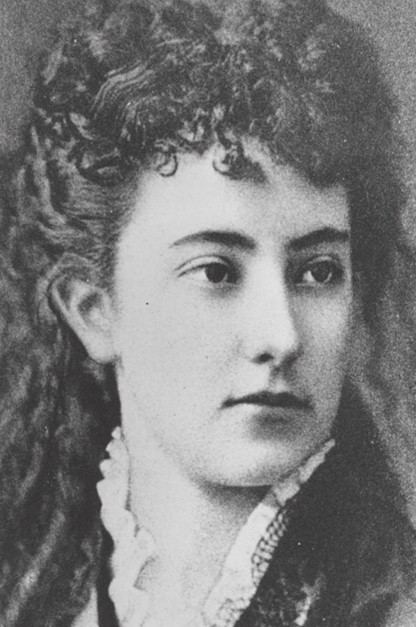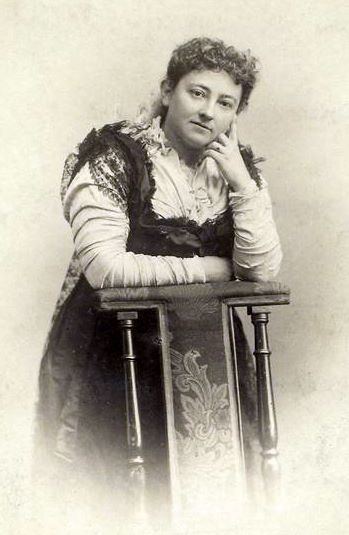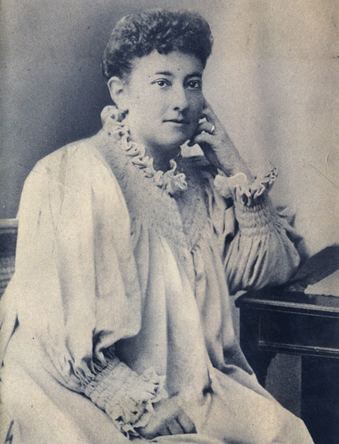Name Oliver Schreiner Appointed by J. B. M. Hertzog Role Author | Nationality South African Spouse(s) Edna Lambert Fincham | |
 | ||
Died December 11, 1920, Wynberg, Cape Town, South Africa Books The Story of an African F, Woman and Labour, Trooper Peter Halket of, Thoughts on South Africa, Dream life and real life Similar People William Philip Schreiner, Kate Chopin, Doris Lessing, Olaf Stapledon, D H Lawrence | ||
Siblings William Philip Schreiner | ||
Oliver Deneys Schreiner, MC (29 December 1890 - 27 July 1980), was a judge of the Appellate Division of the Supreme Court of South Africa, the highest level appeals court in the country at the time.
Contents

Early life

Schreiner was born in Cape Town in 1890. He was the son of William Philip Schreiner, the Prime Minister of the Cape Colony during the Boer War, and his wife, Frances, a sister of President F. W. Reitz. The author Olive Schreiner was his aunt.

He went to Rondebosch Boys' High School and then the South African College School (SACS). He then went to the South African College (now the University of Cape Town), where he was the admired president of the Debating Union. An excellent student, he "could have had the Rhodes Scholarship for the asking", but understood, in the light of Rhodes's involvement in the Jameson Raid and subsequent fallout with William Schreiner, that "no Schreiner took such a gift from such a man". Instead, Schreiner went up to Cambridge University to read law at Trinity College. A string of academic prizes was interrupted by the outbreak of World War I. Schreiner enlisted in the British Armed Forces, was wounded in the right arm at the Battle of the Somme, and received the Military Cross.
Legal career

After the war Schreiner completed his legal studies and was called to the London Bar, having served pupillage under Wilfred Greene and Geoffrey Lawrence. He moved to the Transvaal Bar in 1920 and set up practice in Johannesburg, where he also taught at the University of the Witwatersrand in the early years of its law school (which now bears Schreiner's name). Schreiner's practice thrived. He took silk in 1935 and was appointed a judge of the Transvaal Provincial Division on 1 August 1937. In 1945 he was promoted to the Appellate Division, where he served until his retirement in 1960.
During the Coloured Vote Crisis Schreiner steadfastly refused to endorse the attempts of the Nationalist government to remove Coloured voters from the Cape Province's roll. Finally, after the Appellate Division had been packed with pliant judges, it approved the government's reconstitution of the Senate. Schreiner was the lone dissentient.
Schreiner was twice passed over for appointment as Chief Justice, despite being the most senior appellate judge. On the first occasion he was superseded, reluctantly, by Henry Allan Fagan; although it was obvious to both that Schreiner was being punished by the government for his role in the coloured vote crisis, they agreed that Fagan should accept appointment so that it did not go to notorious National Party favourite L. C. Steyn. When Fagan retired two years later, however, Schreiner was again passed over, this time losing out to Steyn. Schreiner was later described by Ellison Kahn as "the greatest Chief Justice South Africa never had".
Honours and awards
After his retirement he served on the Wits Council and as president of the South African Institute of Race Relations. He was awarded three honorary doctorates: from the University of Cape Town (1958), Witwatersrand (1961) and Rhodes (1963). In 1967 he delivered the Hamlyn Lectures at Cambridge.
